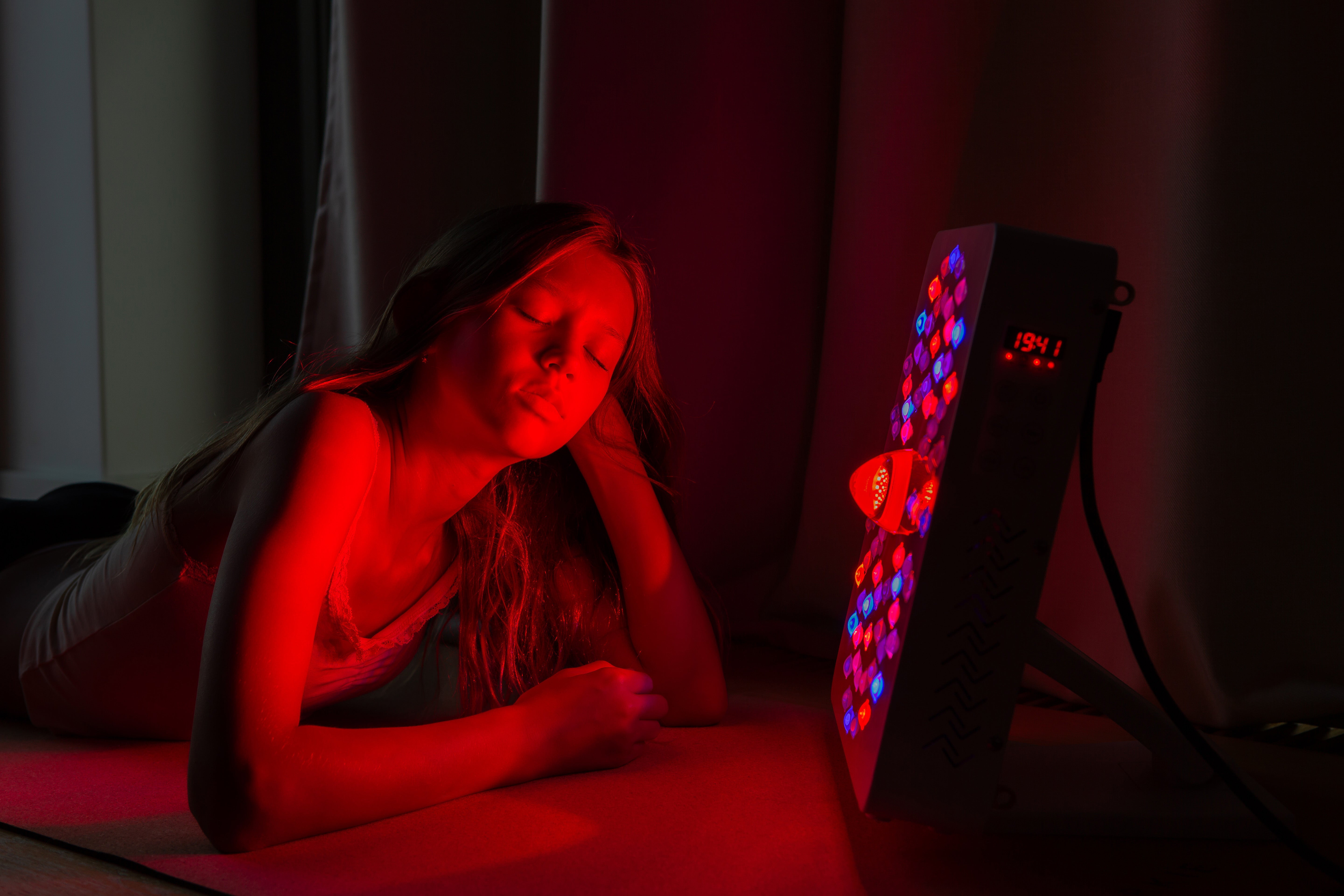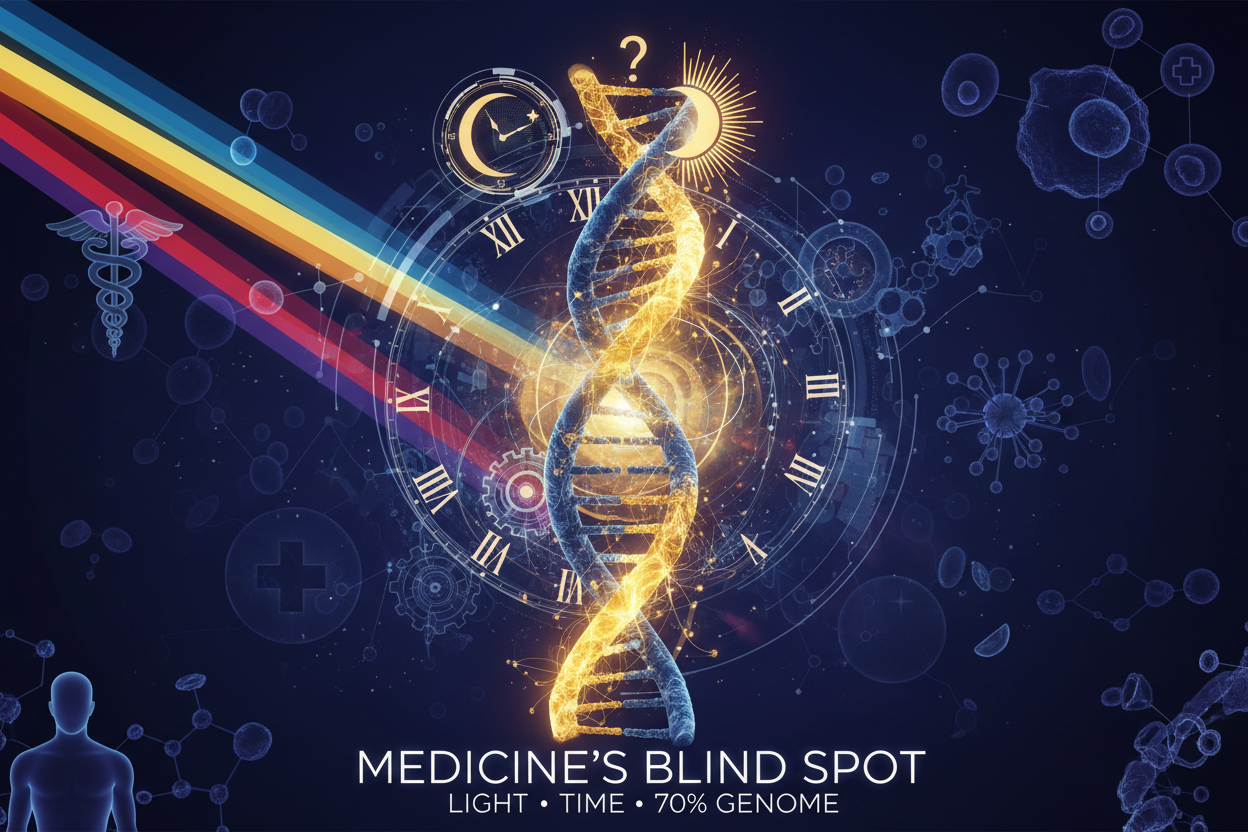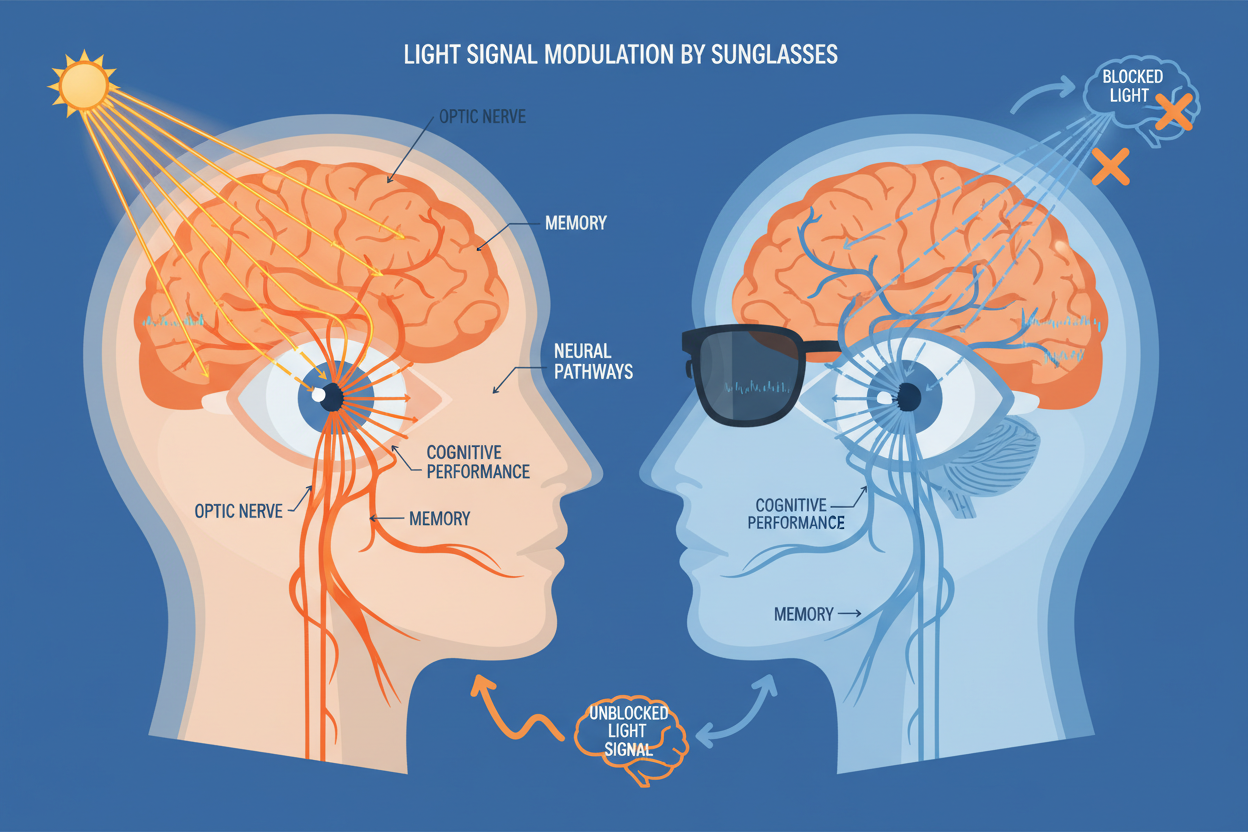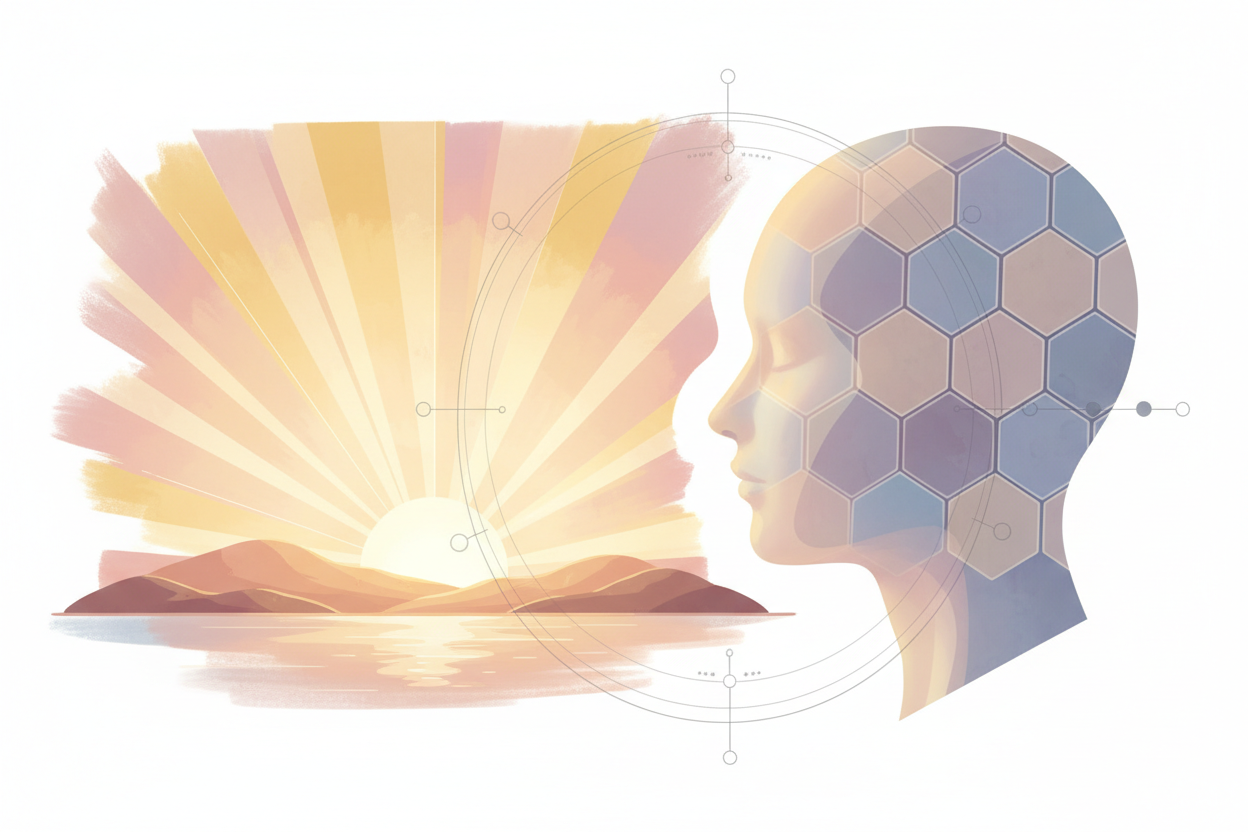
Photobiomodulation for regeneration and injury prevention: A detailed scientific look at the use of light therapy in sports medicine
Photobiomodulation (PBM) is a modern therapeutic method that uses specific wavelengths of light to accelerate regeneration, reduce inflammation, and prevent sports injuries. The latest study published in the Journal of Functional Morphology and Kinesiology (2024) details the potential of PBM as an effective tool not only for treatment but also for the prevention of sports injuries.
Basic Mechanisms of Photobiomodulation Action
PBM uses light radiation in the red (600–700 nm) and near-infrared spectrum (700–1100 nm), which penetrates deeply into tissues and acts at the cellular level. The key effect is the stimulation of mitochondria to increase ATP production, the main source of cellular energy. This increased energy availability enables cells to repair damage more efficiently and accelerate regenerative processes.
Significant study results:
• Anti-inflammatory effect: The study documented a decrease in inflammatory markers TNF-α and IL-6 by more than 50%, significantly contributing to faster recovery and reducing the risk of chronic inflammation.
• Faster muscle recovery: Athletes undergoing regular PBM experienced 30% faster muscle fiber recovery after exertion, which also resulted in reduced muscle soreness.
• Increased physical performance: PBM significantly reduced muscle fatigue and improved overall athletic performance by 15–25%, depending on the intensity and type of training.
• Shortening the recovery time of acute injuries: The recovery time after acute muscle injuries, such as strains and sprains, has been reduced by up to 25–40% thanks to PBM.
Preventive effect of photobiomodulation
Regular use of PBM not only speeds up recovery from injuries but also significantly reduces the risk of new injuries. Studies show that PBM can:
• Improve the flexibility and resilience of muscle and connective tissue structures.
• Limit muscle fatigue changes, which are often a precursor to injury.
• Stabilize the balance of oxidative stress, which contributes to tissue damage.
Safety and ease of use
Photobiomodulation is a safe and non-invasive method with no significant side effects, making it an ideal choice not only for professional athletes but also for recreational athletes and patients undergoing rehabilitation care.
Unique panels for photobiomodulation redlight.doctor
PBM panels from redlight.doctor combine UVB, UVA, red, and near-infrared (NIR) wavelengths, maximizing therapeutic and preventive effects. This comprehensive application allows for better stress management, faster recovery, and injury prevention.
Conclusion
Scientific evidence clearly confirms that regular use of photobiomodulation not only significantly accelerates recovery from sports injuries but also serves as an effective tool for their prevention. Thanks to its proven safety, effectiveness, and ease of use, PBM is becoming an important part of modern sports medicine and rehabilitation care.
For more detailed information, you can read the full study here: MDPI Journal of Functional Morphology and Kinesiology, 2024 (https://www.mdpi.com/2411-5142/9/4/181).



Leave a comment
This site is protected by hCaptcha and the hCaptcha Privacy Policy and Terms of Service apply.